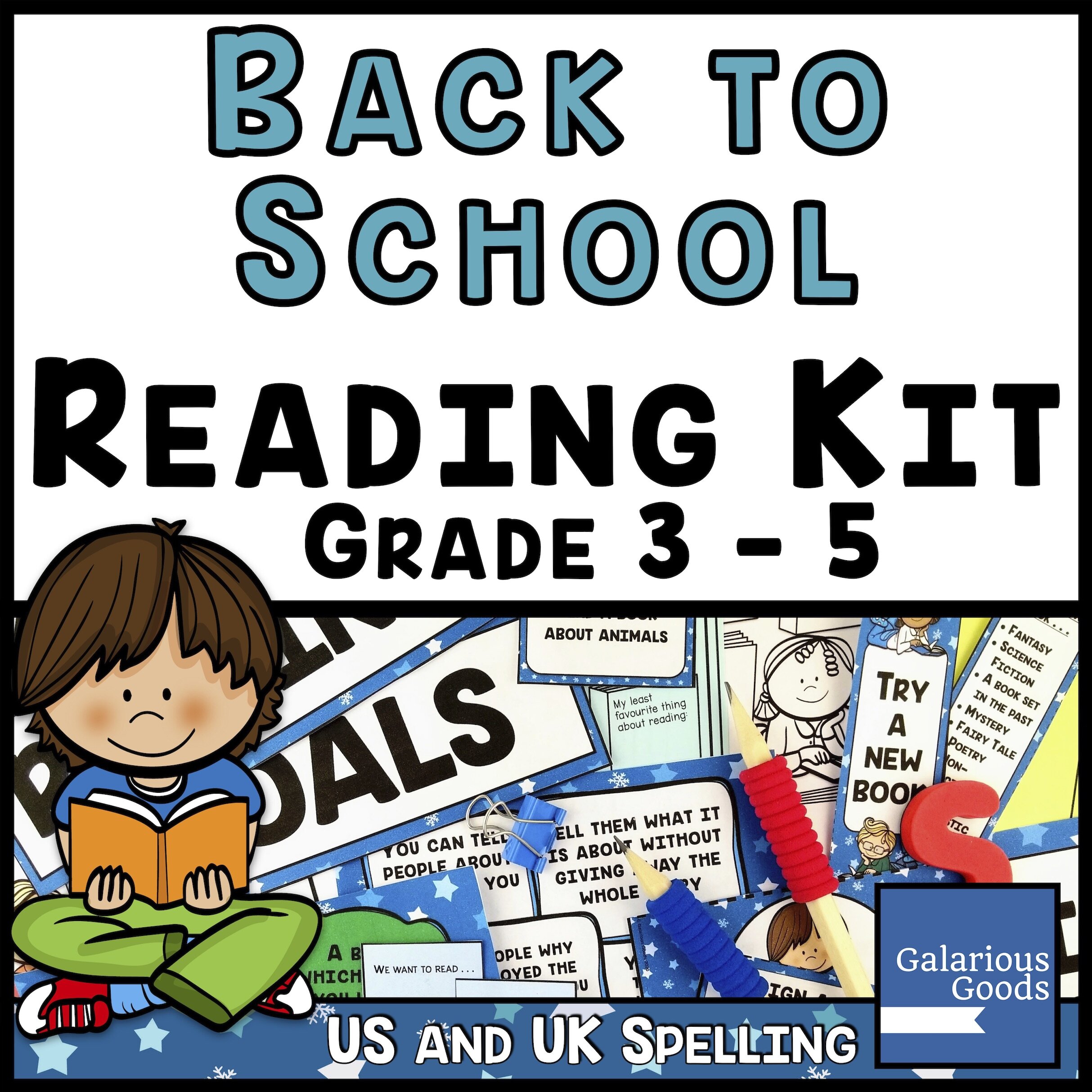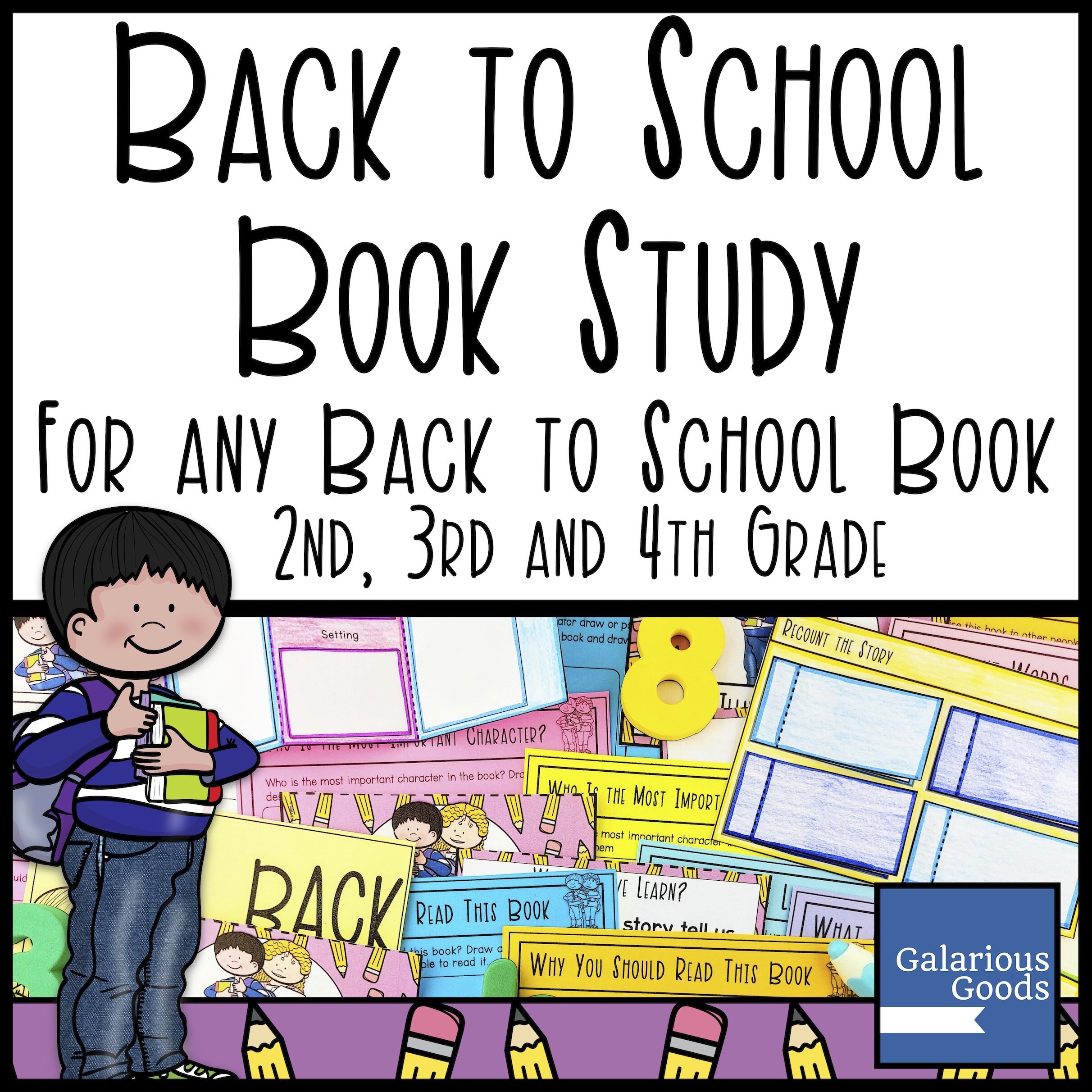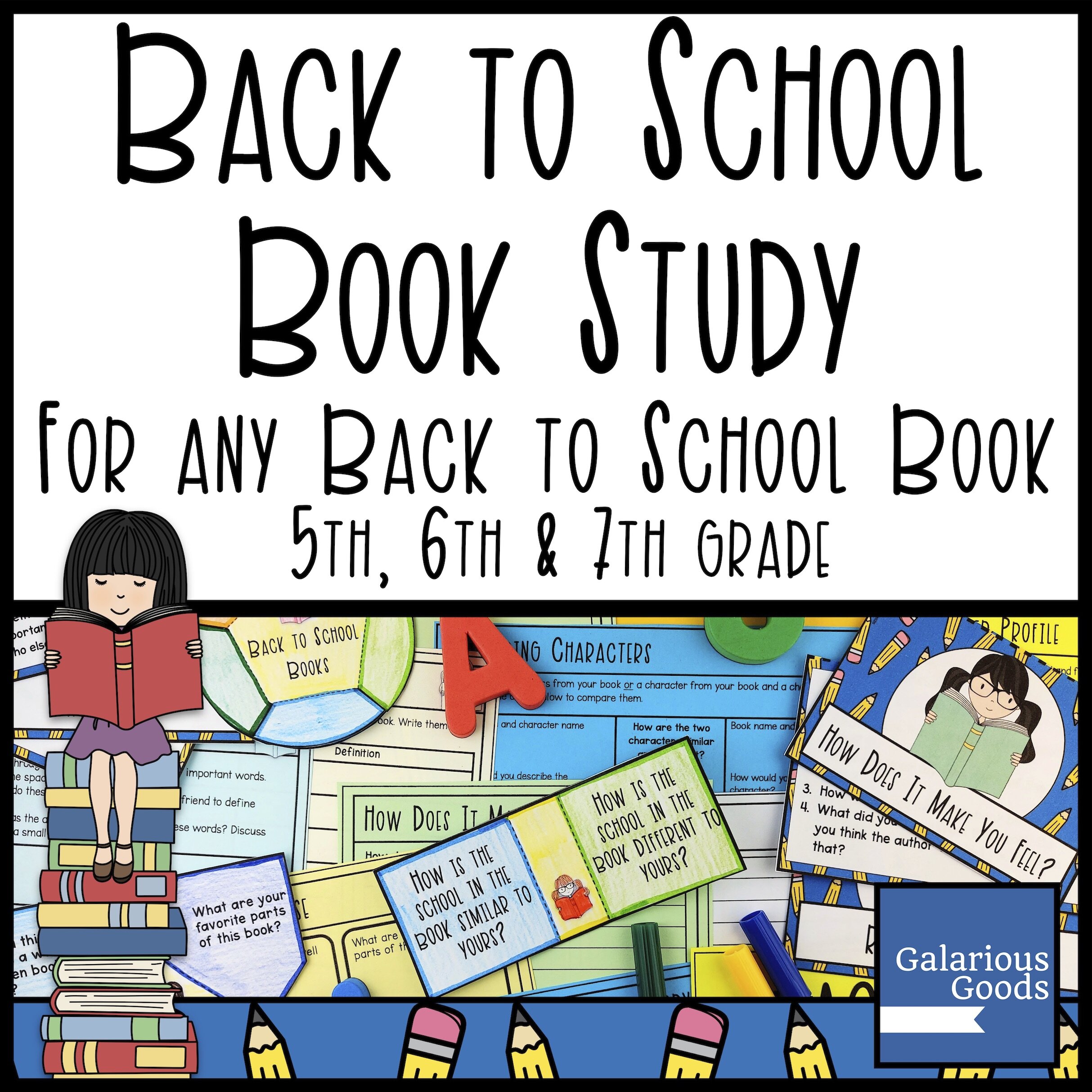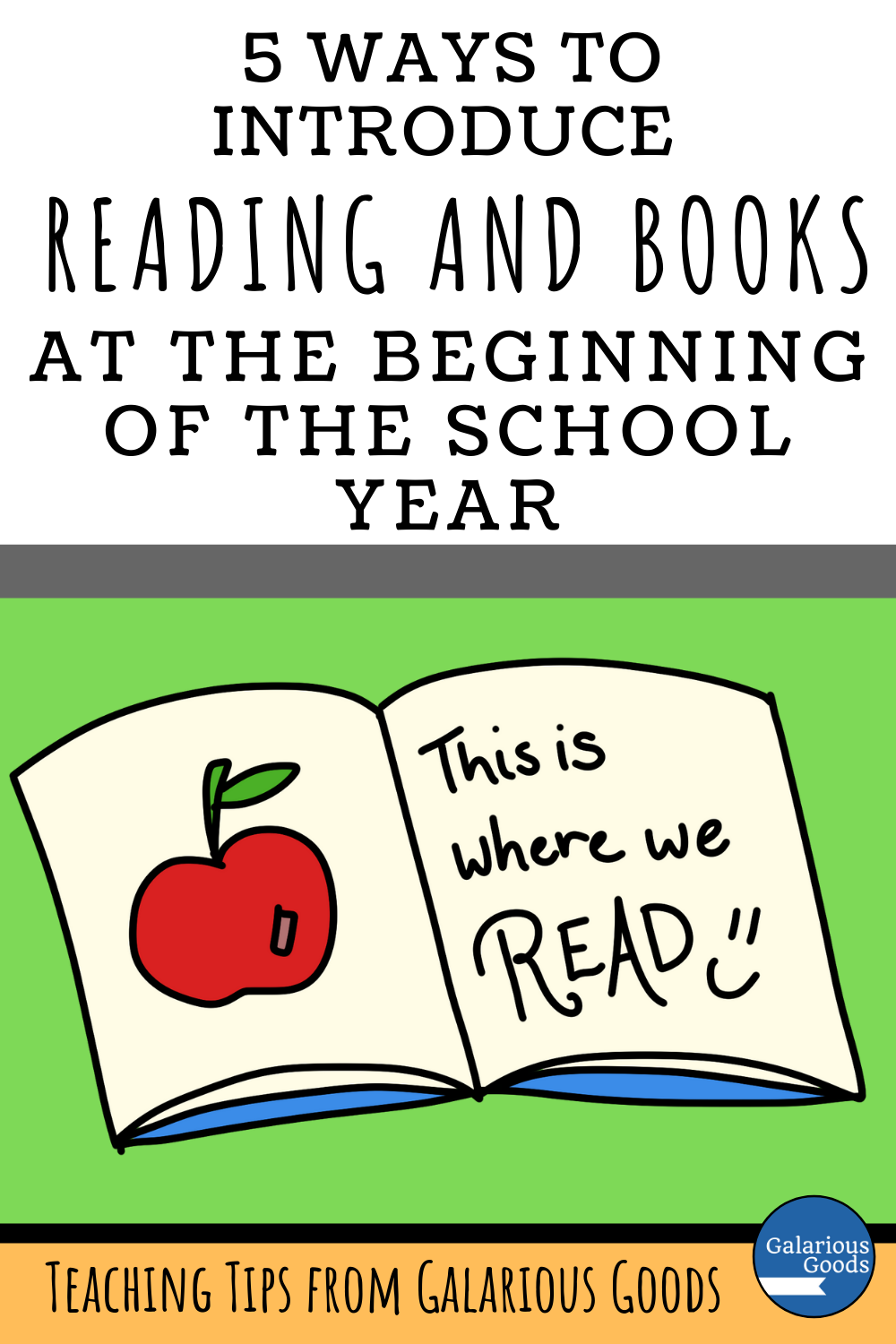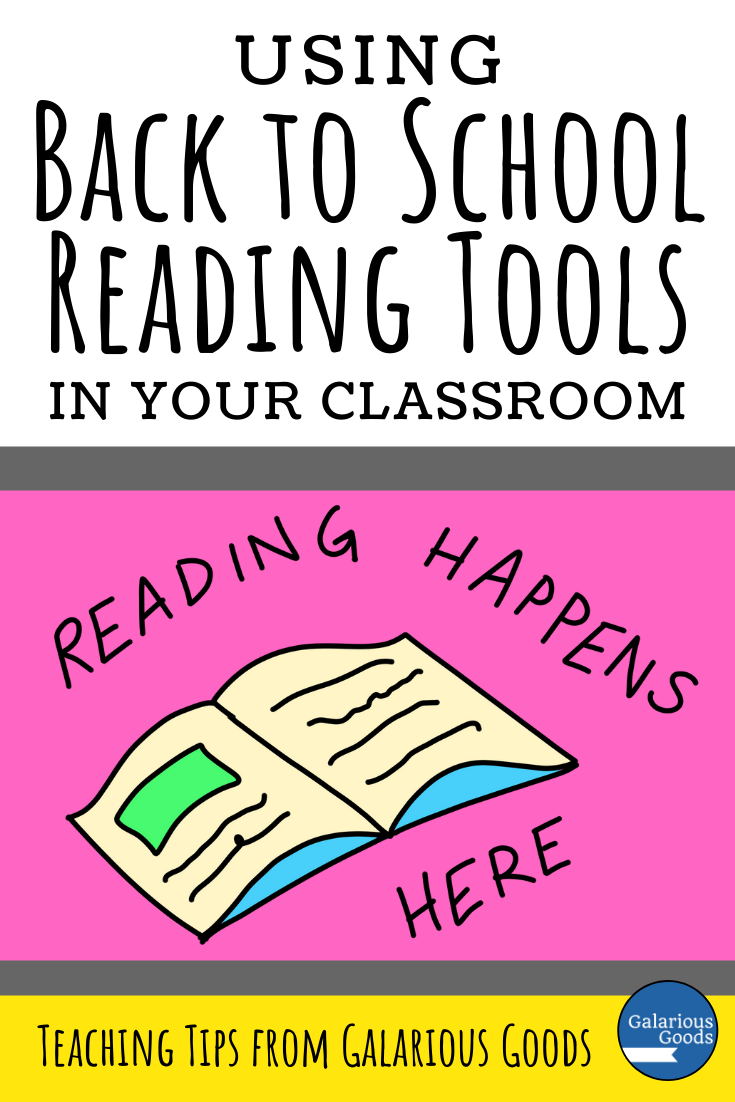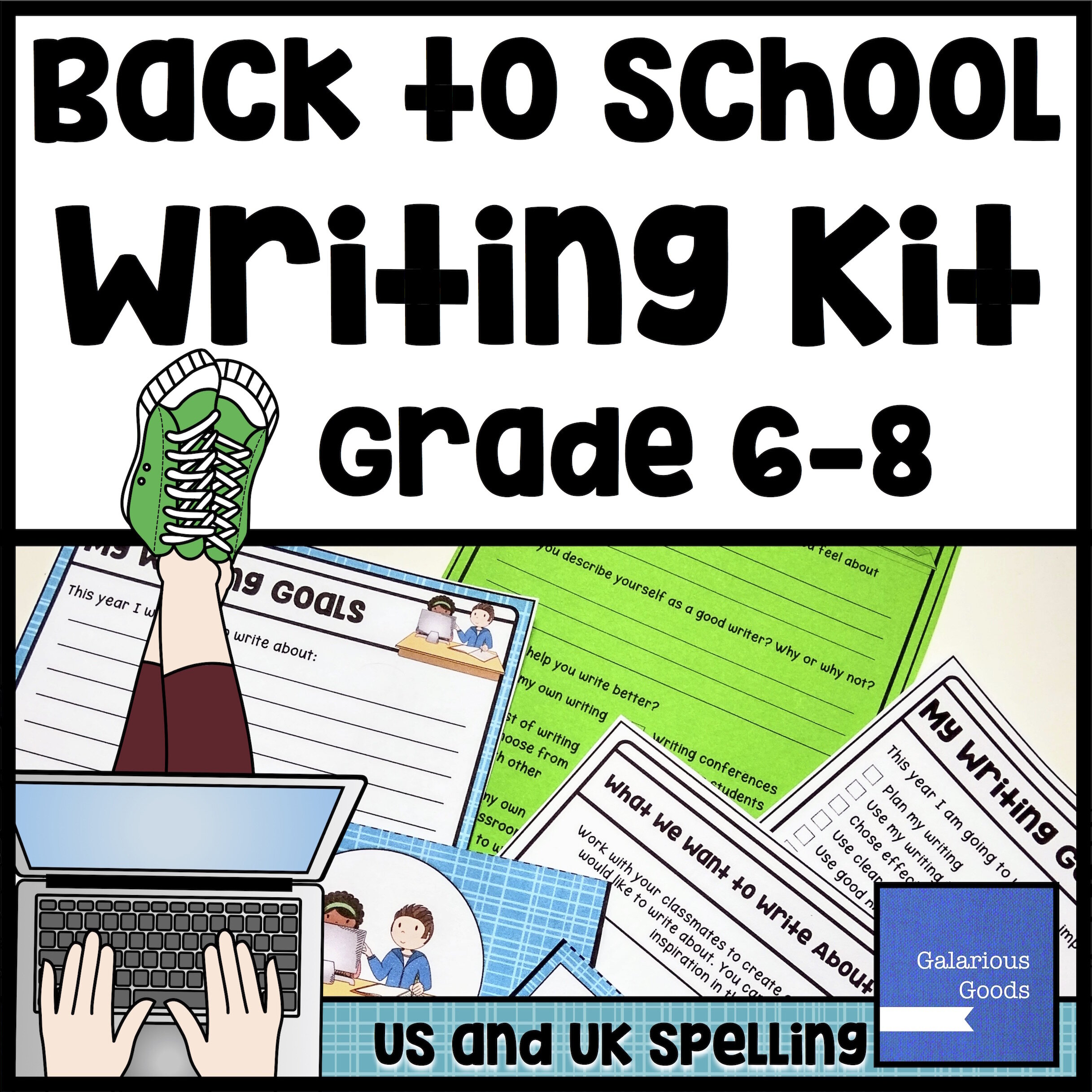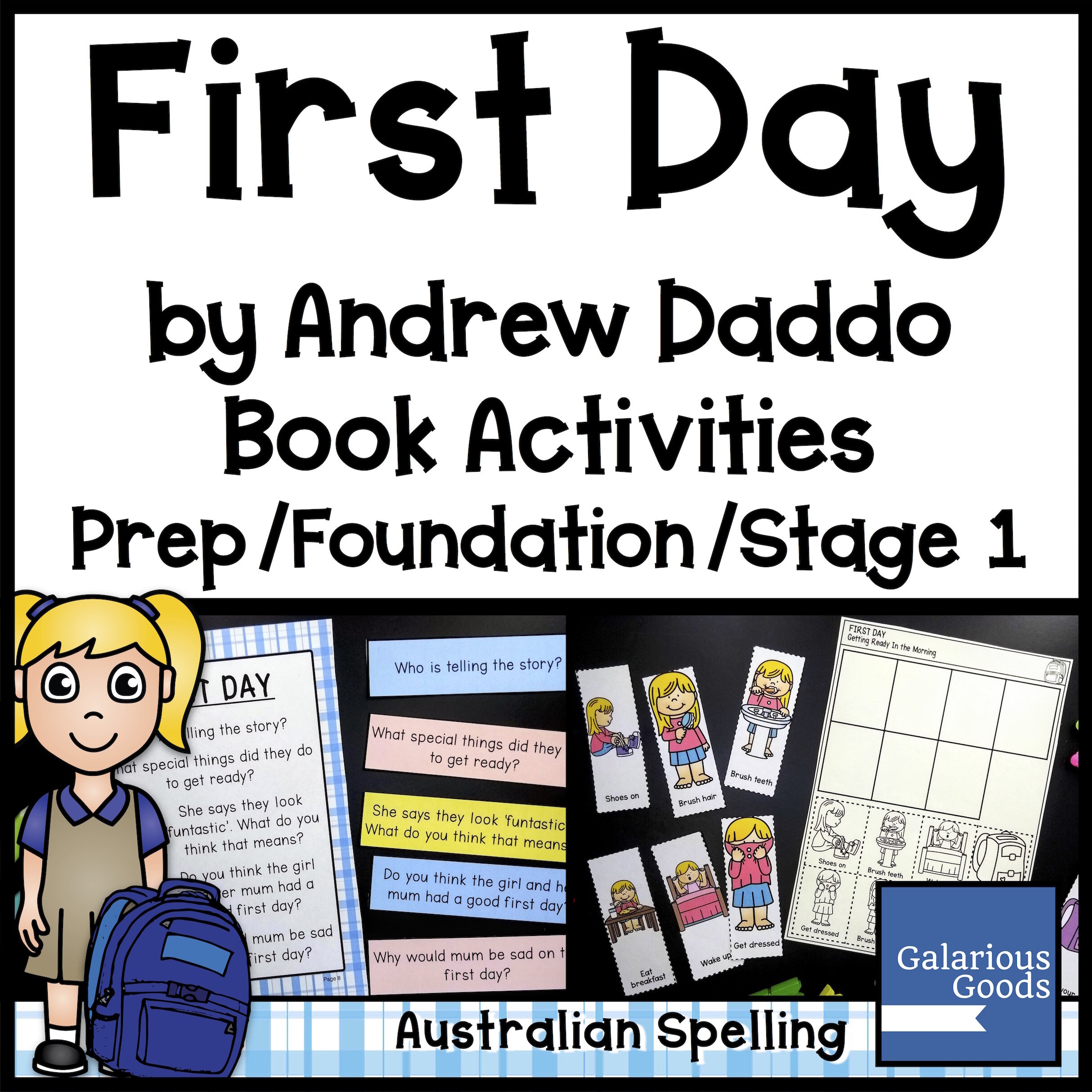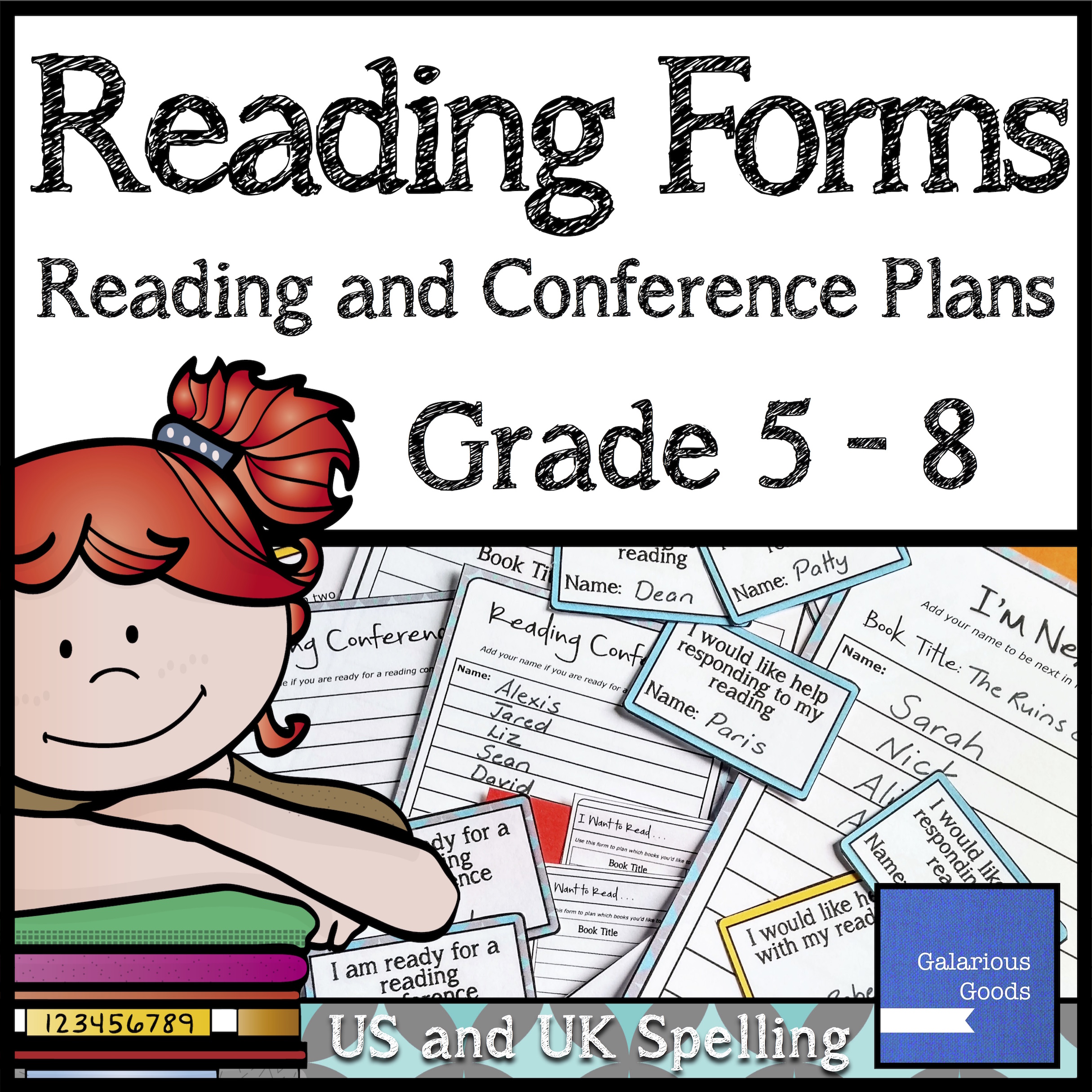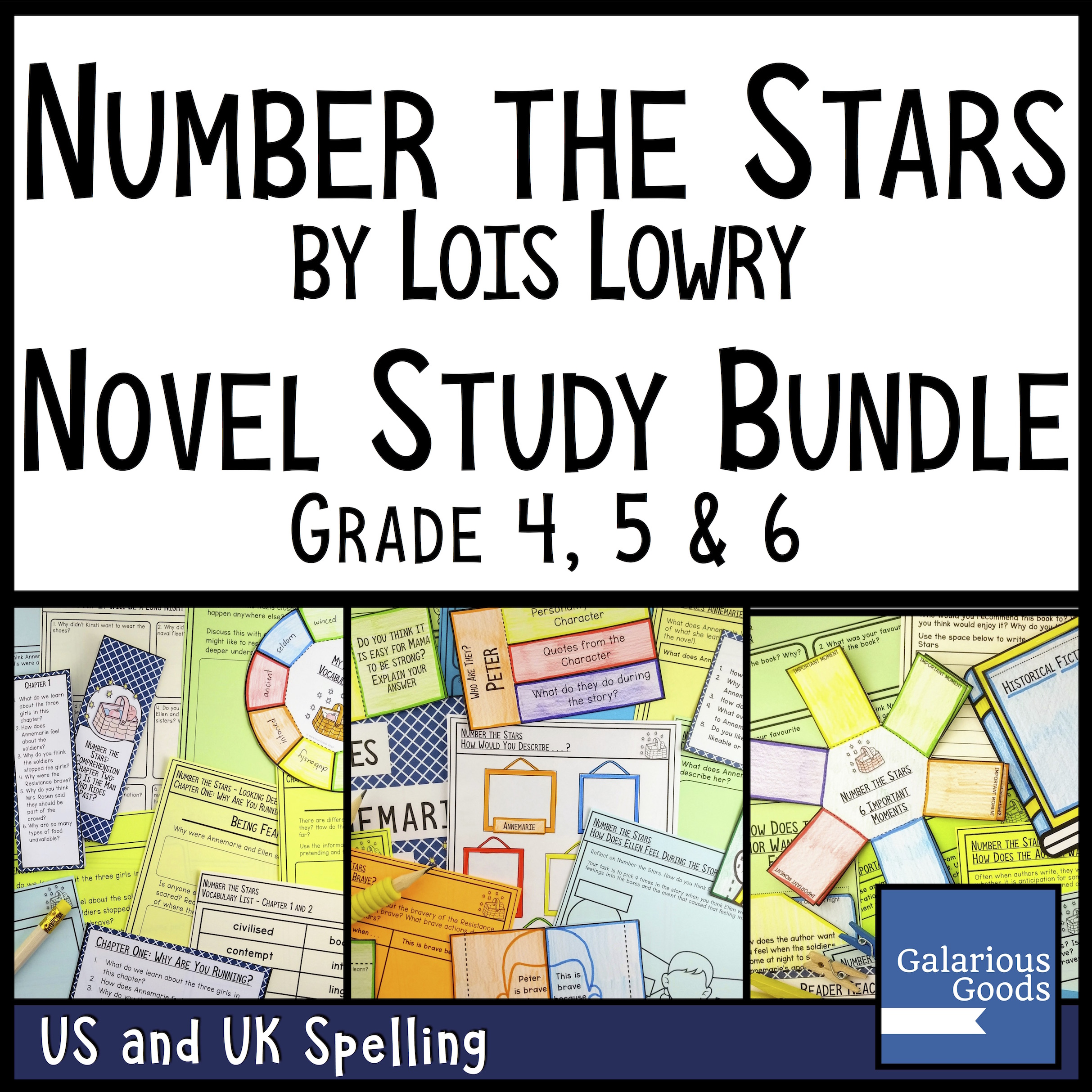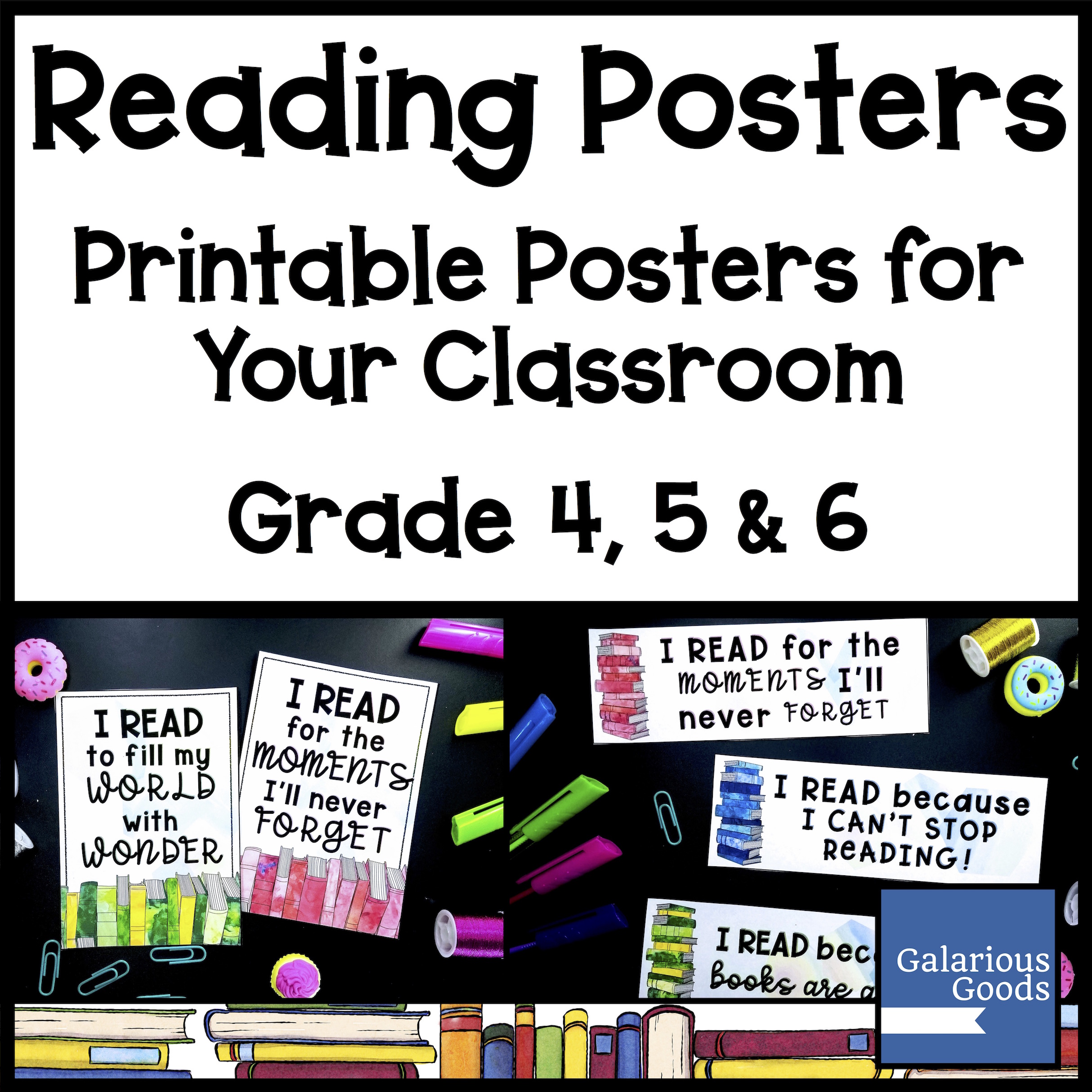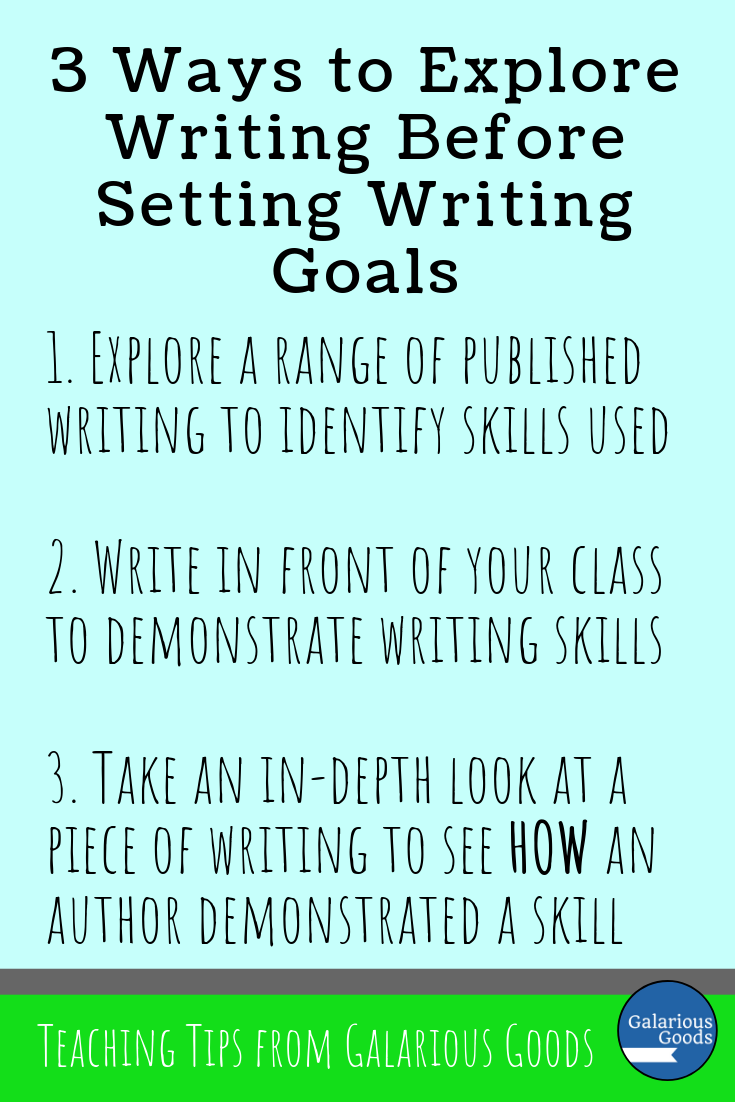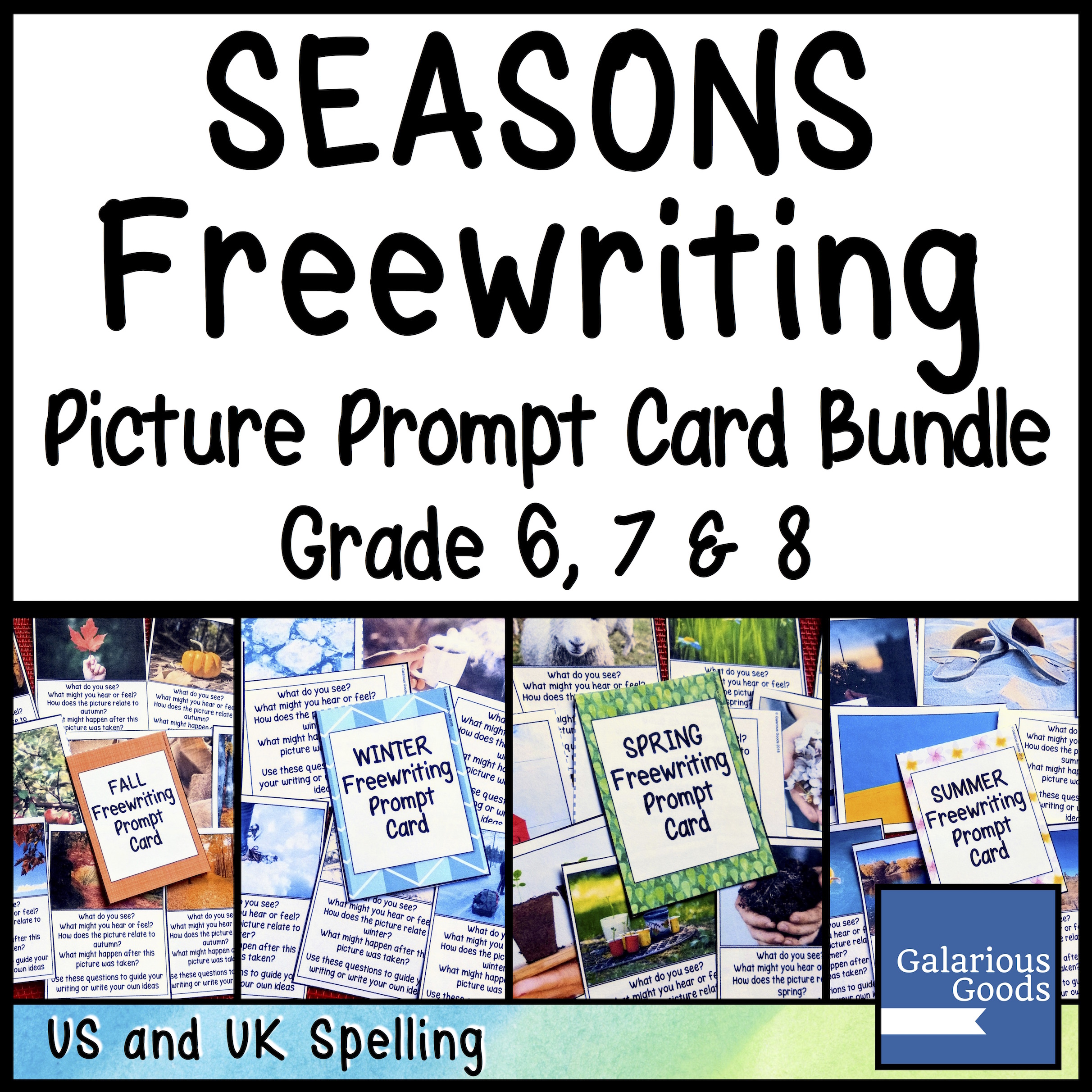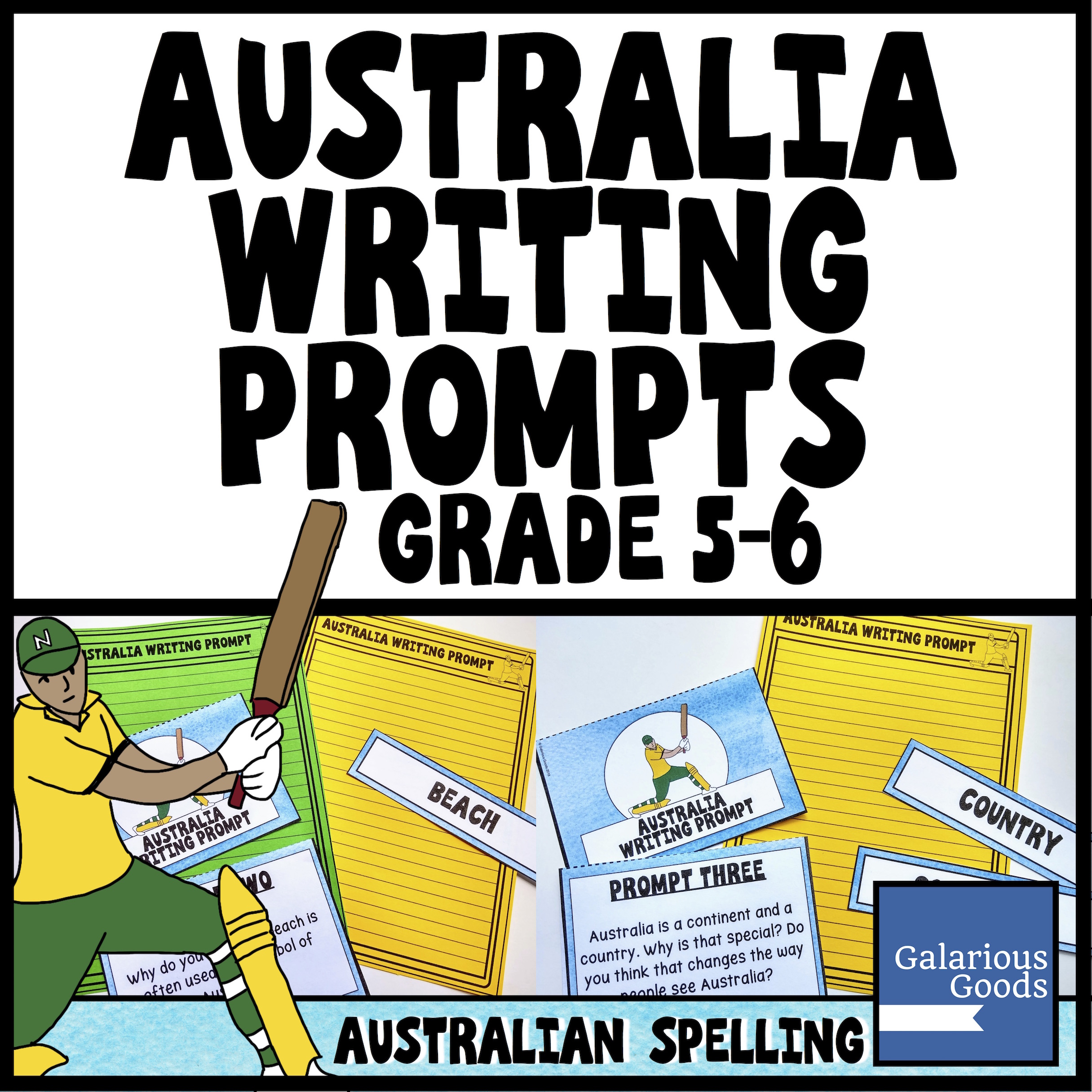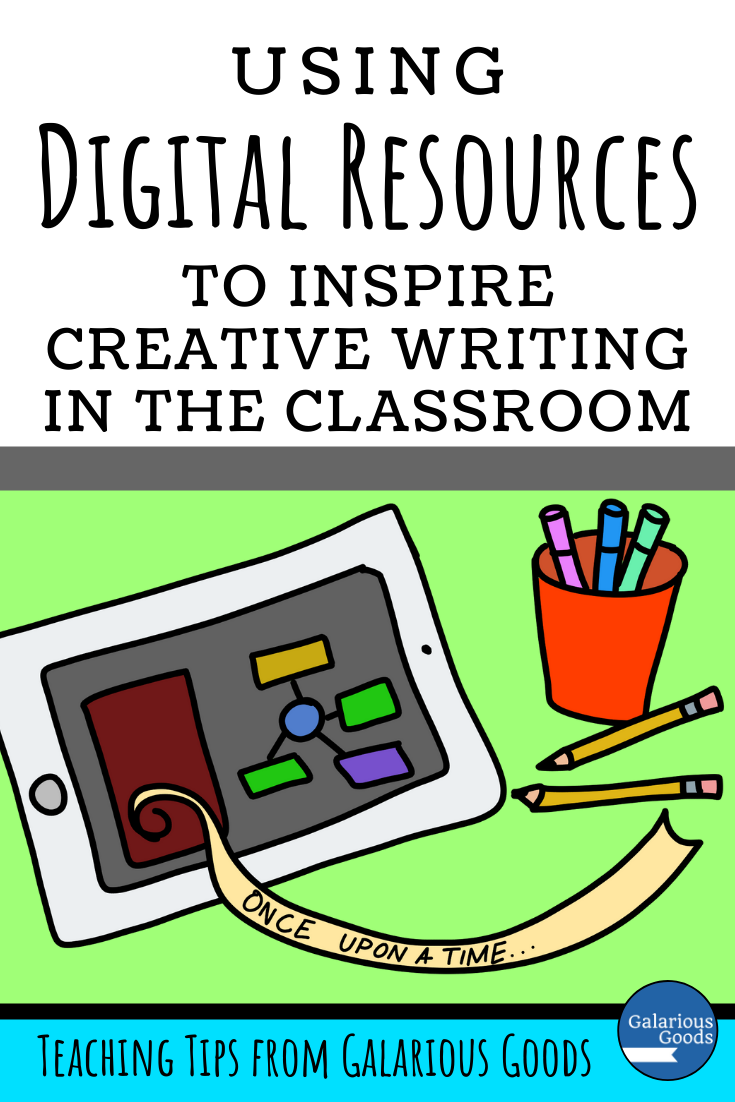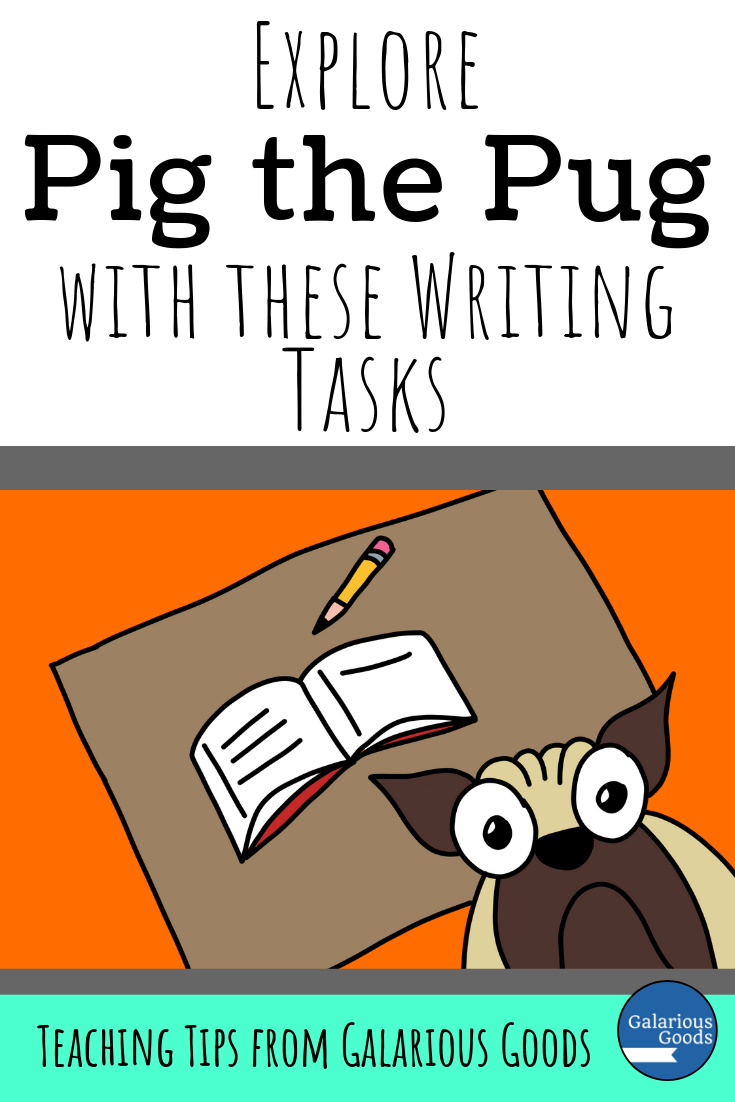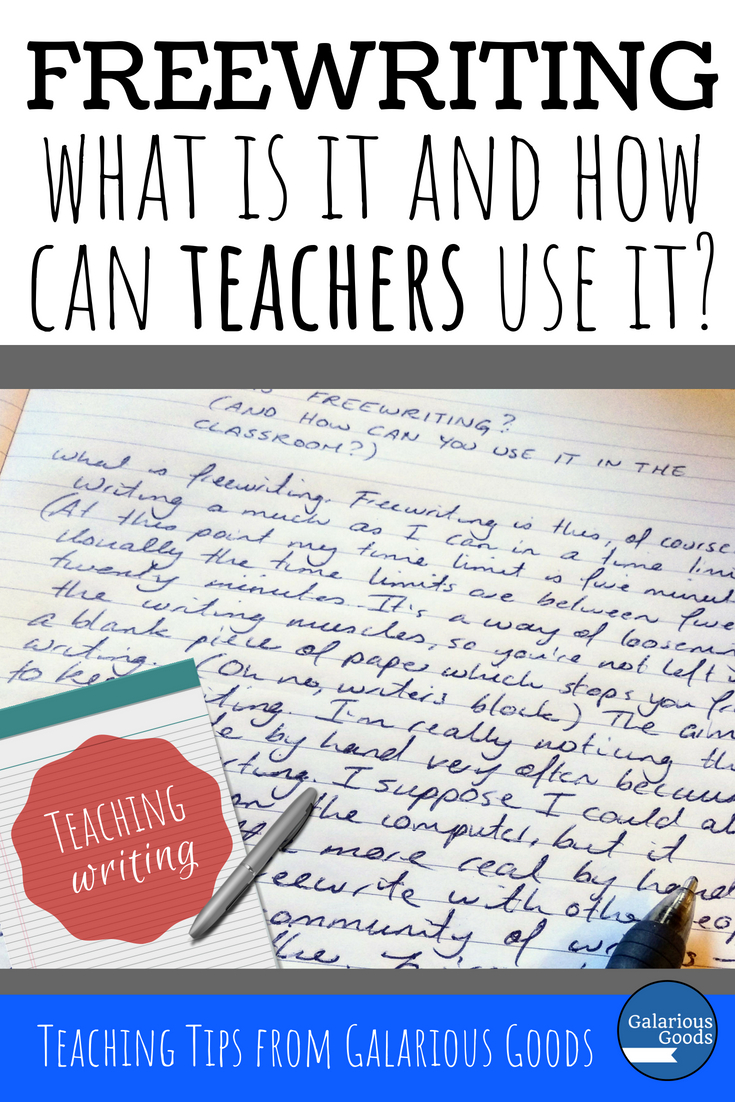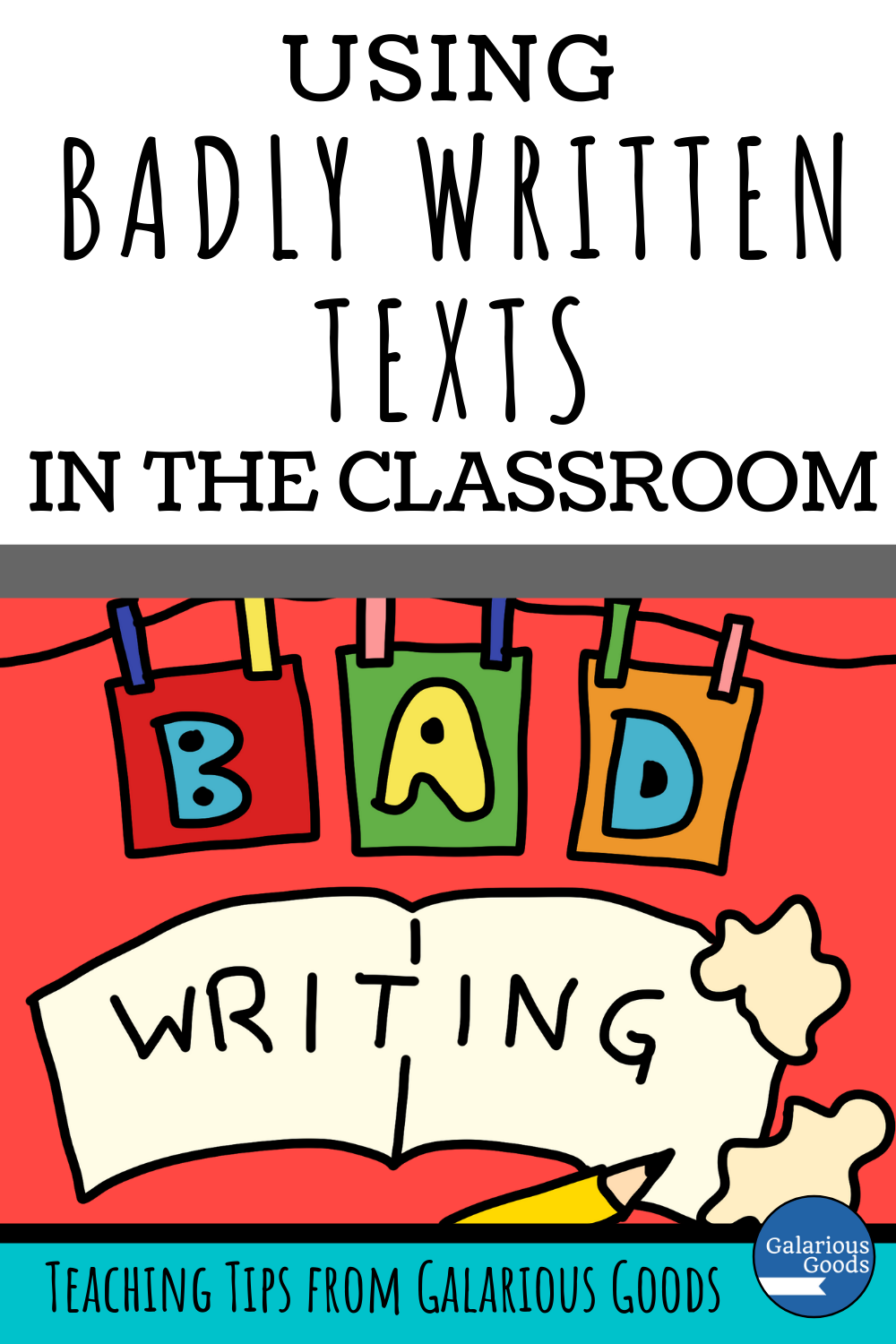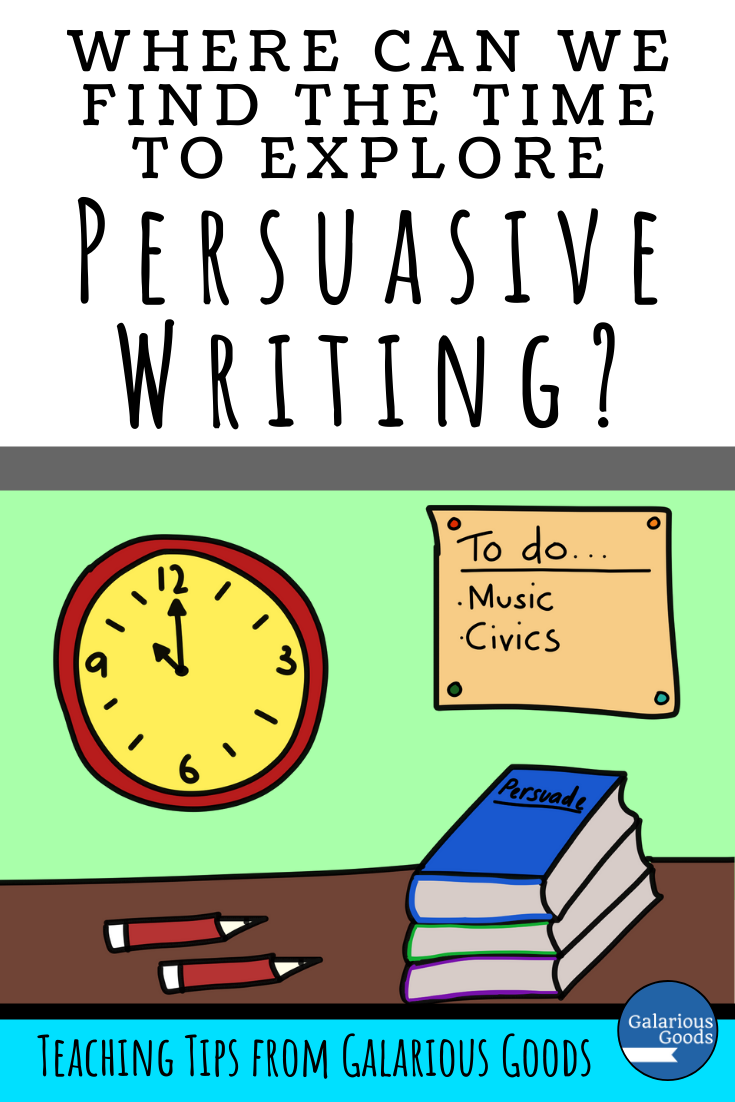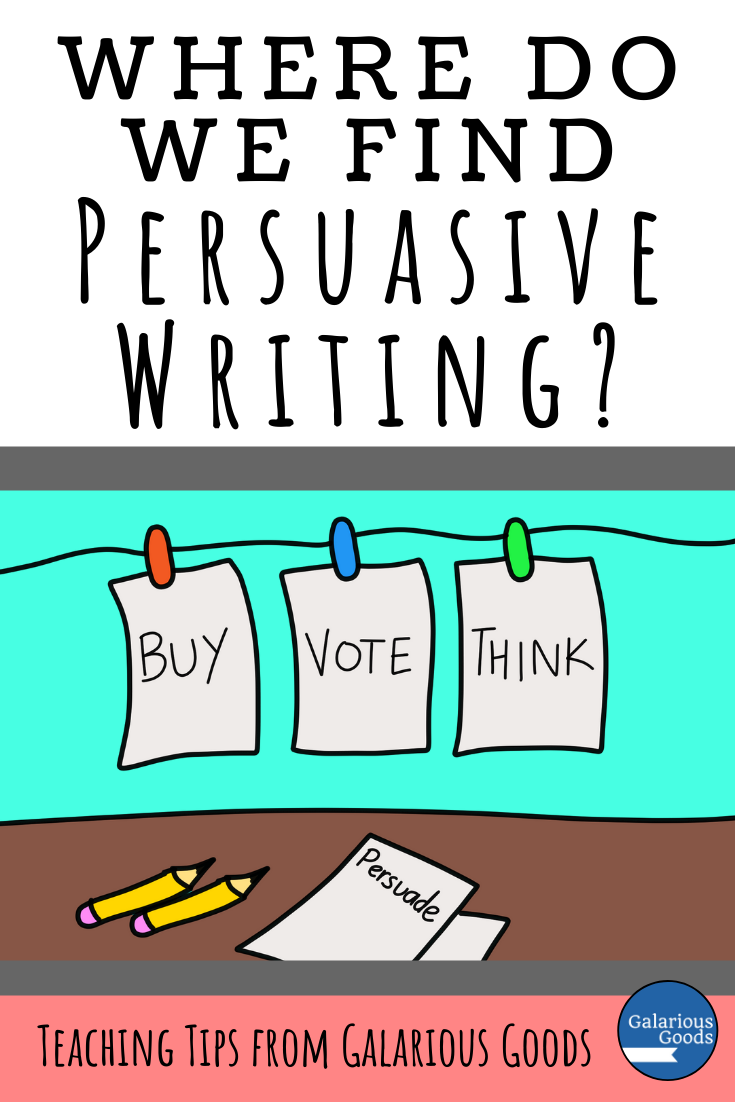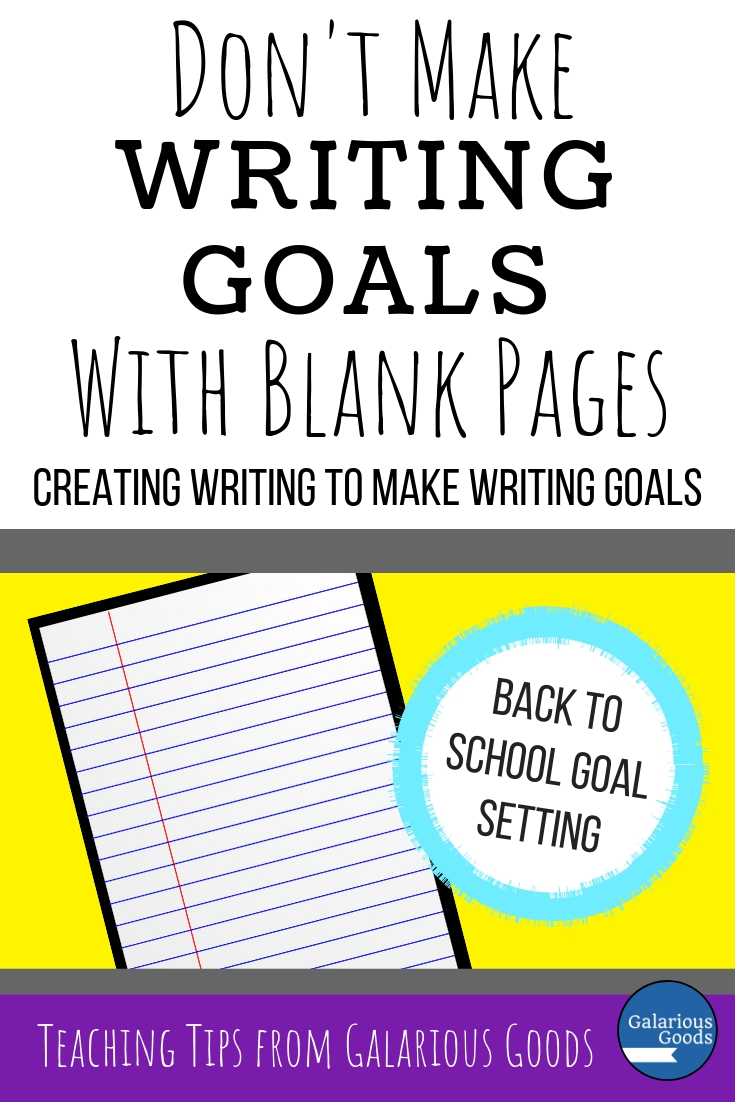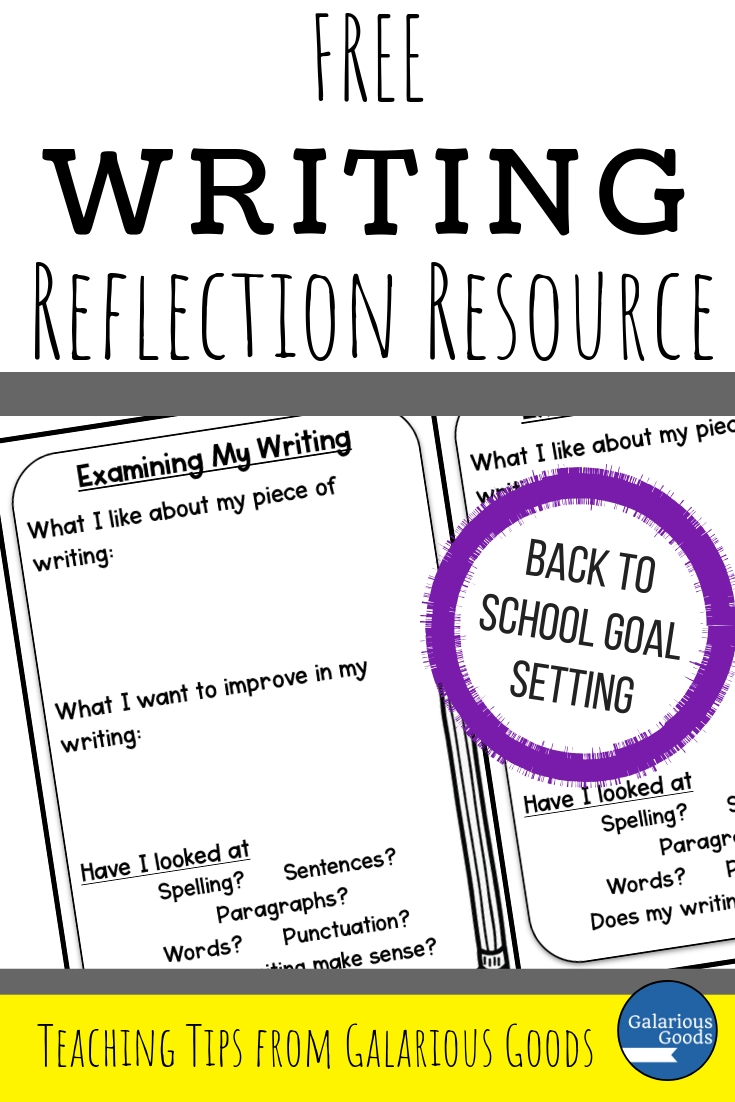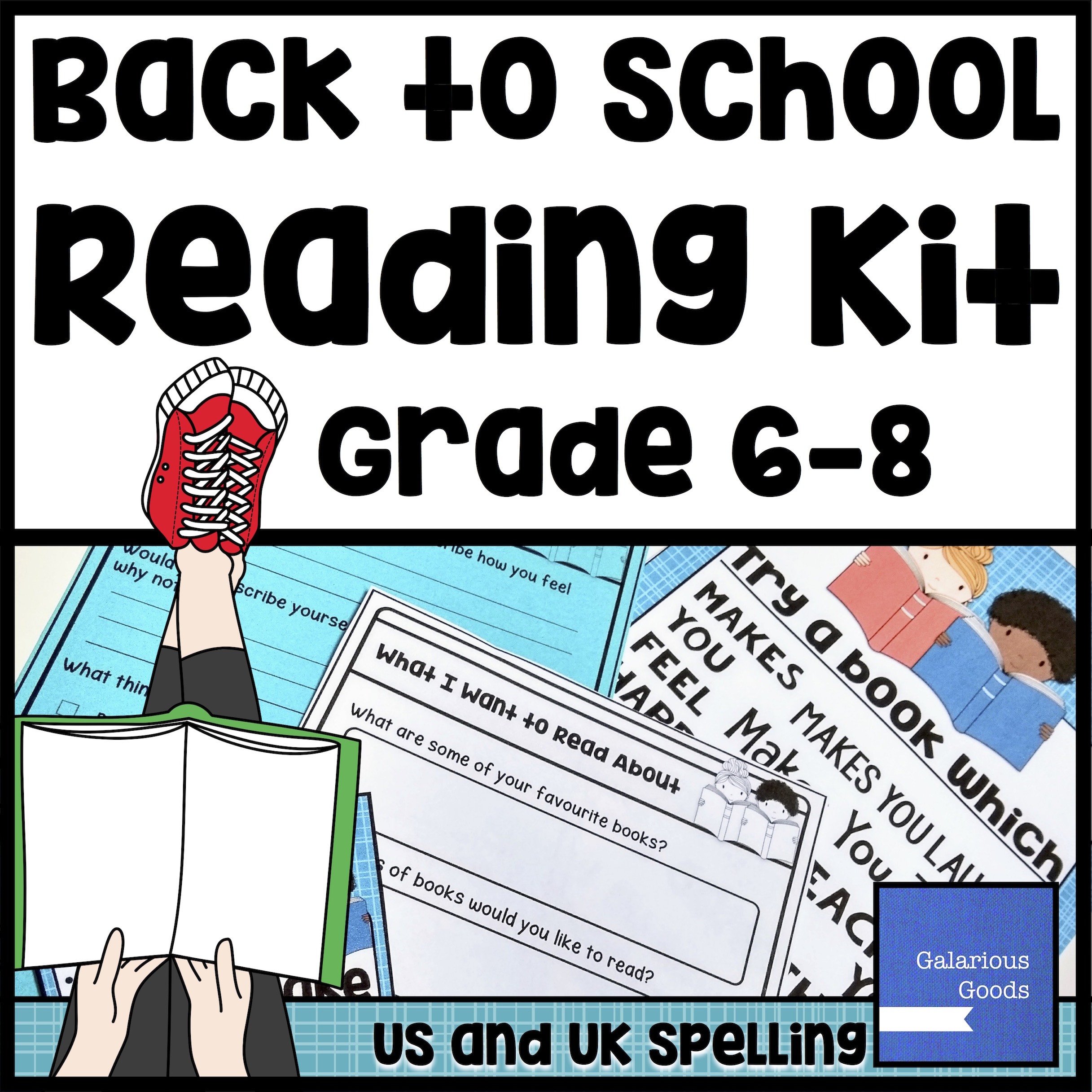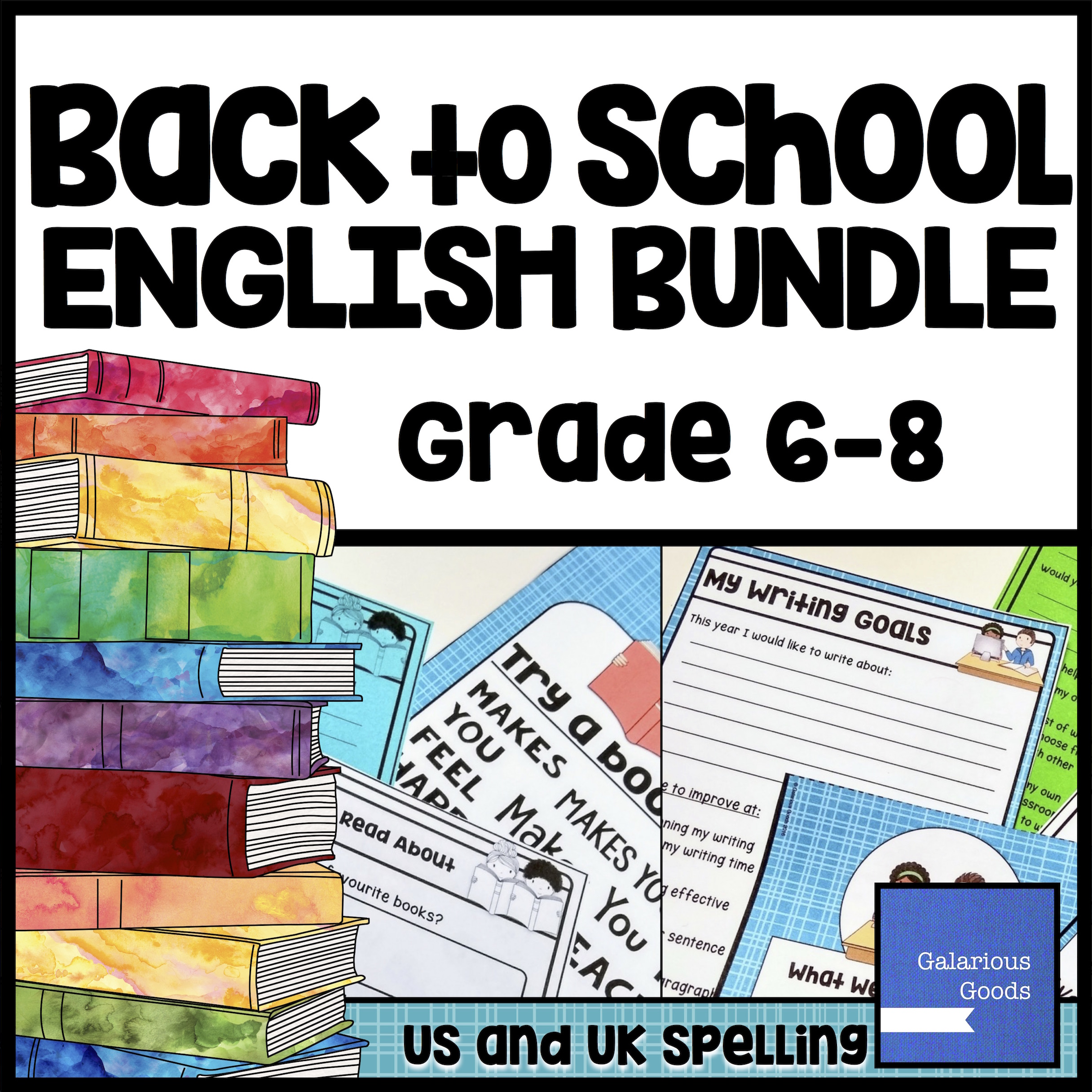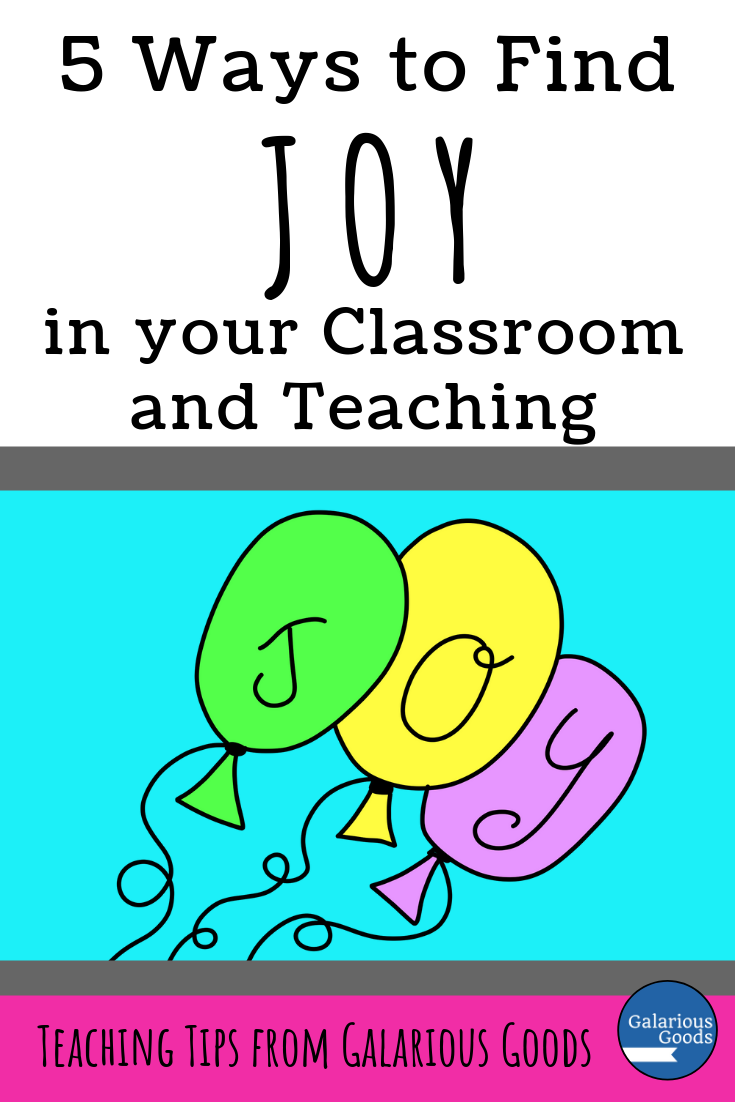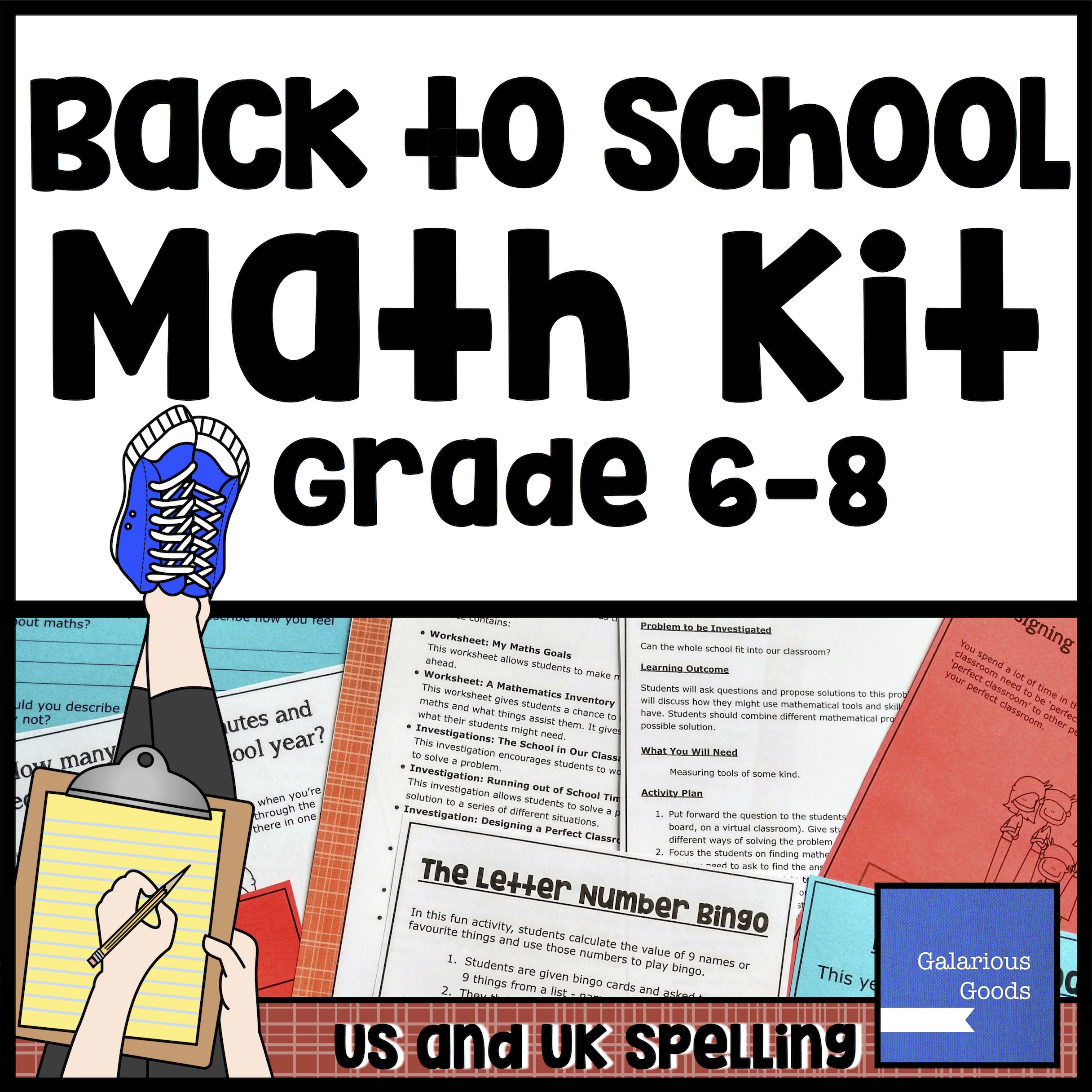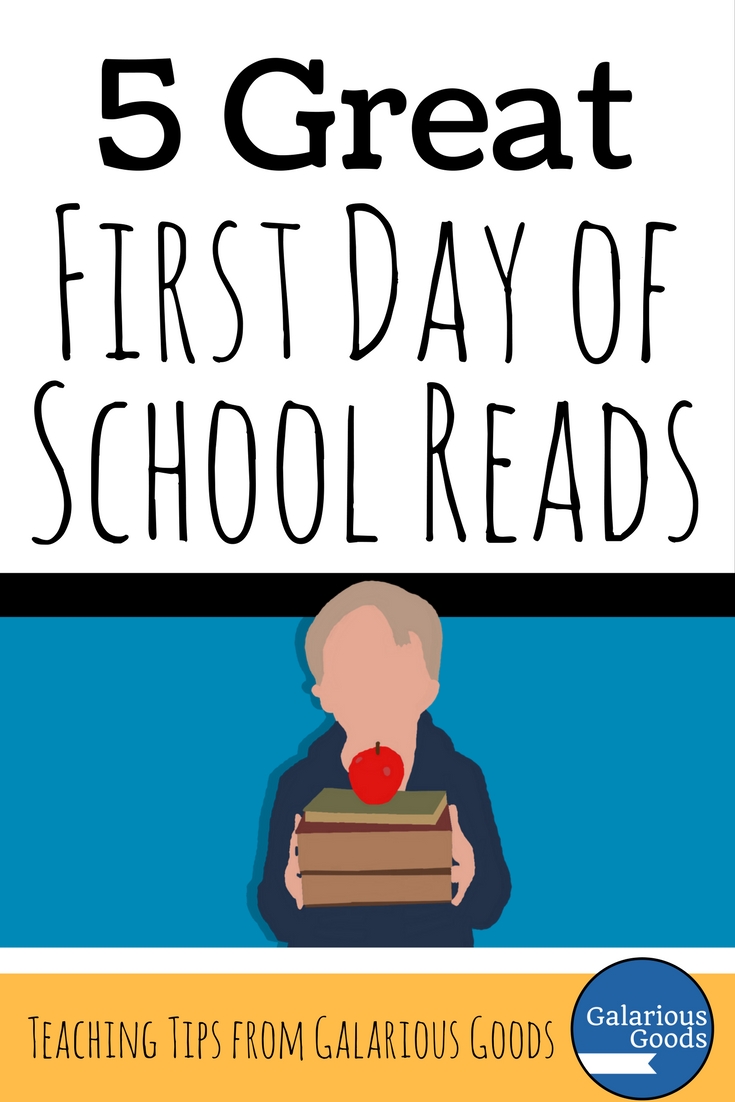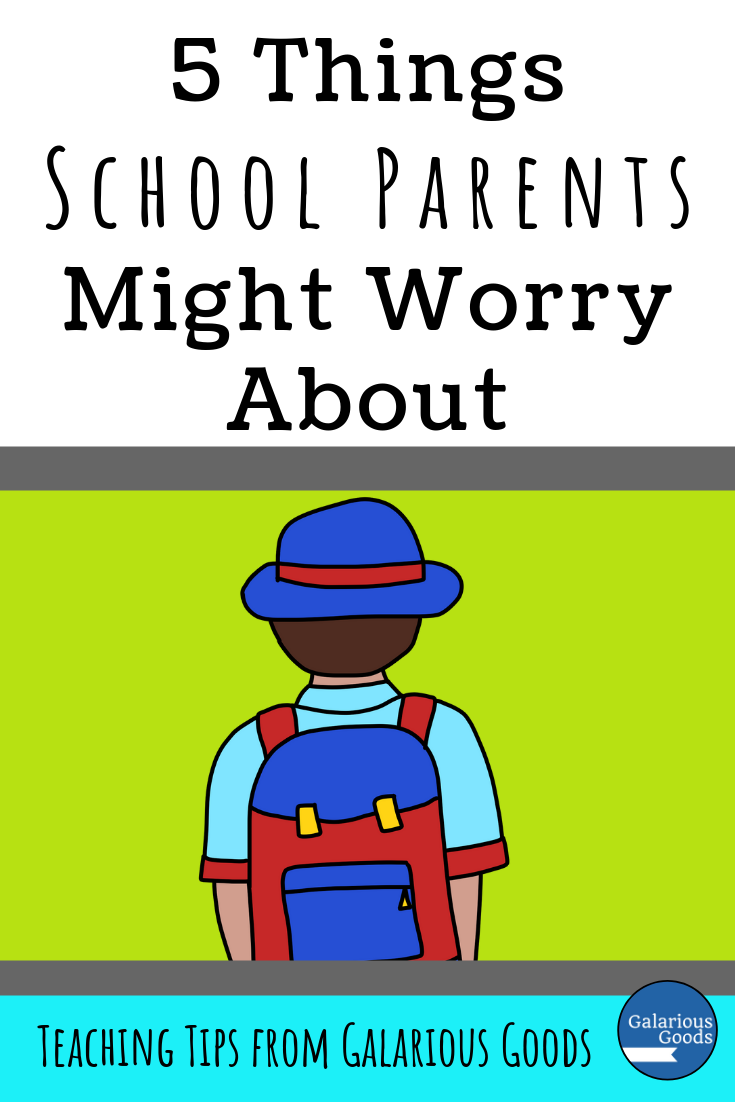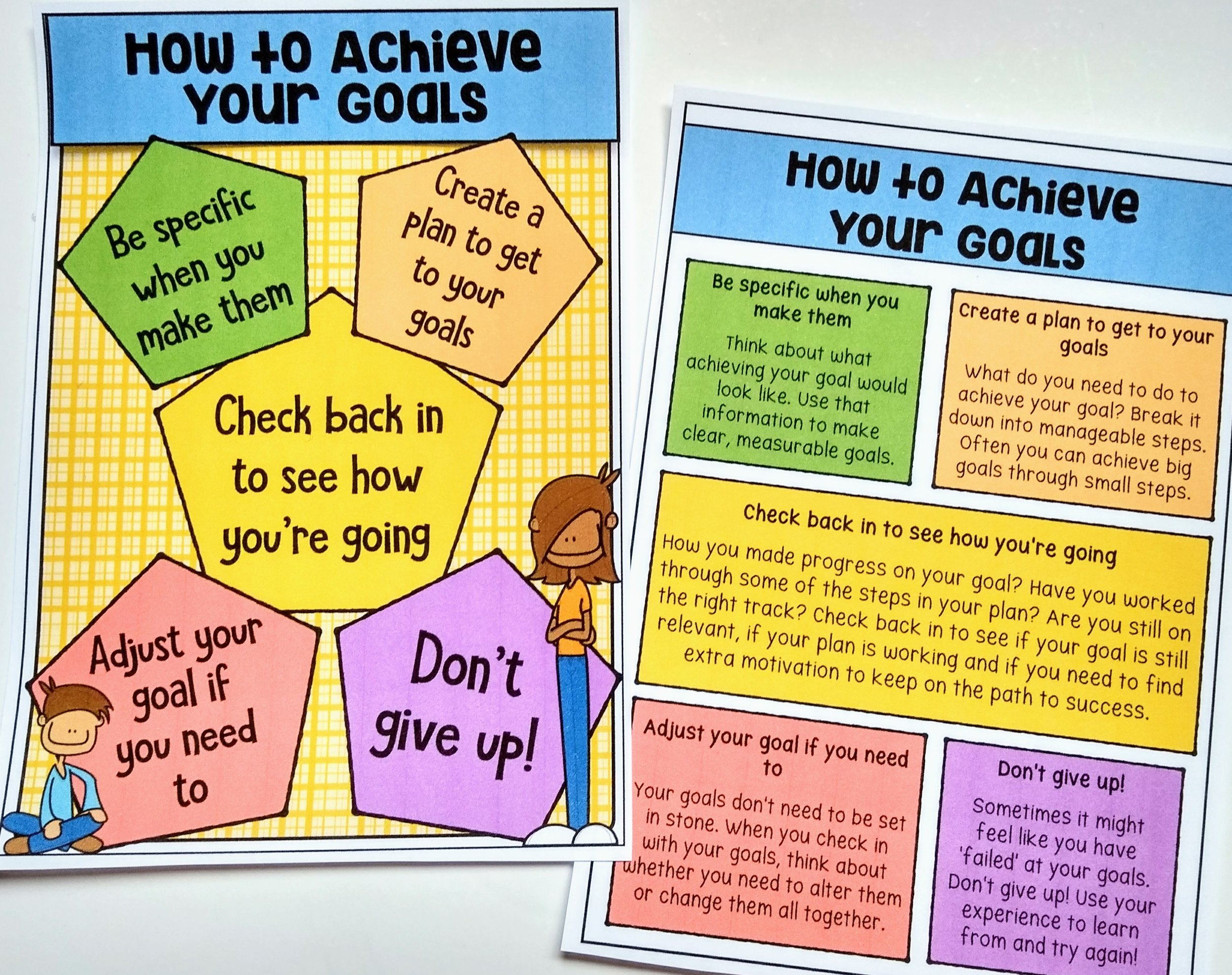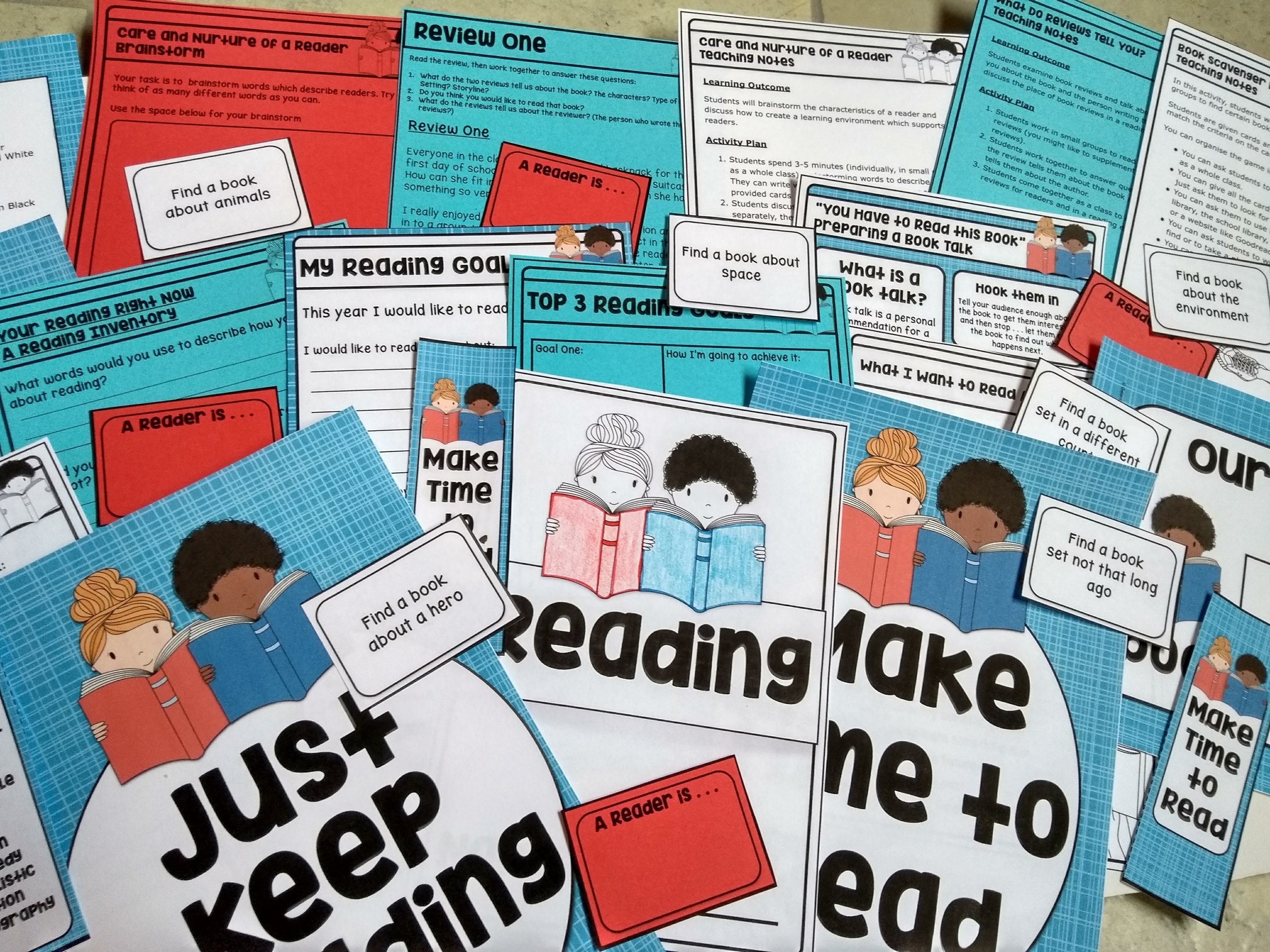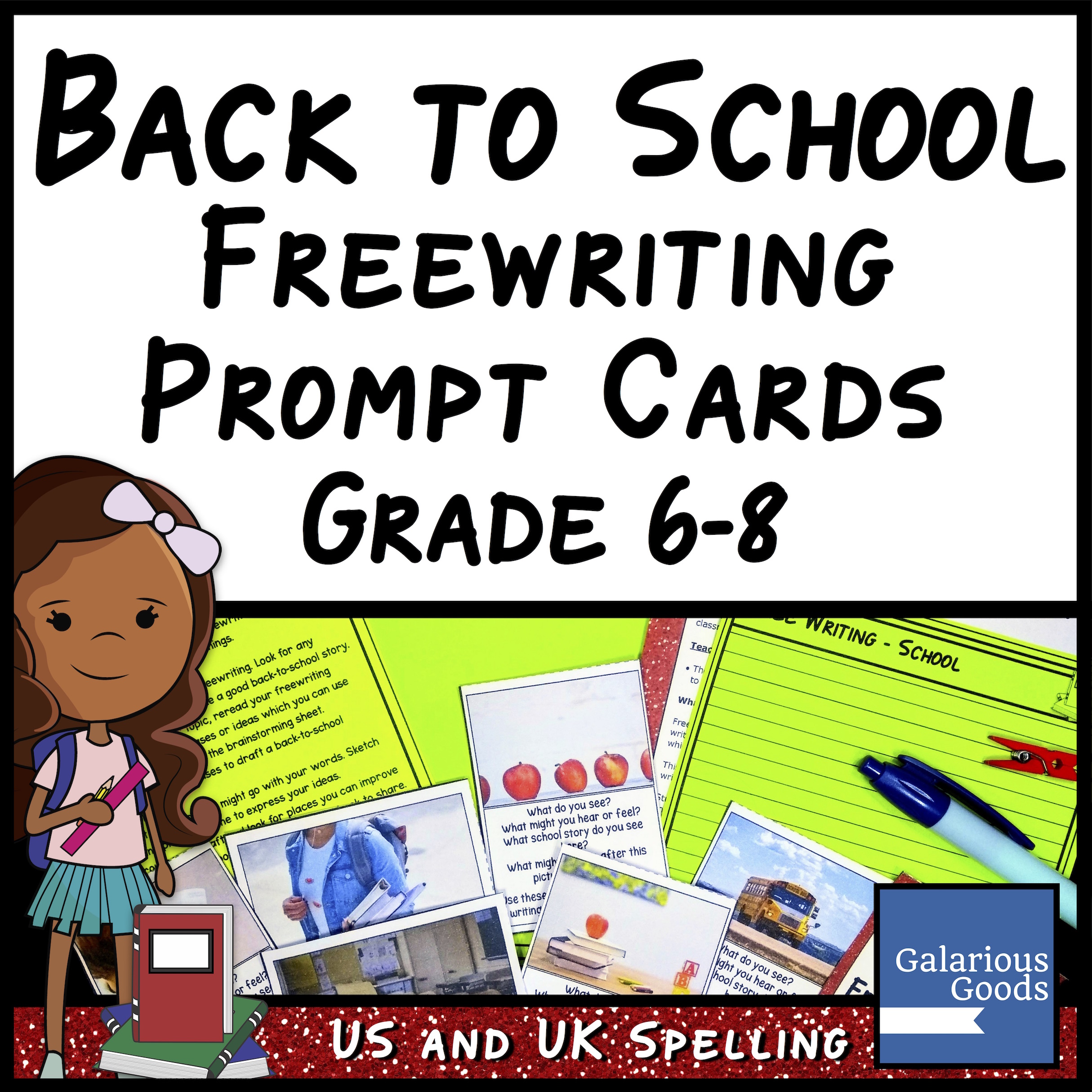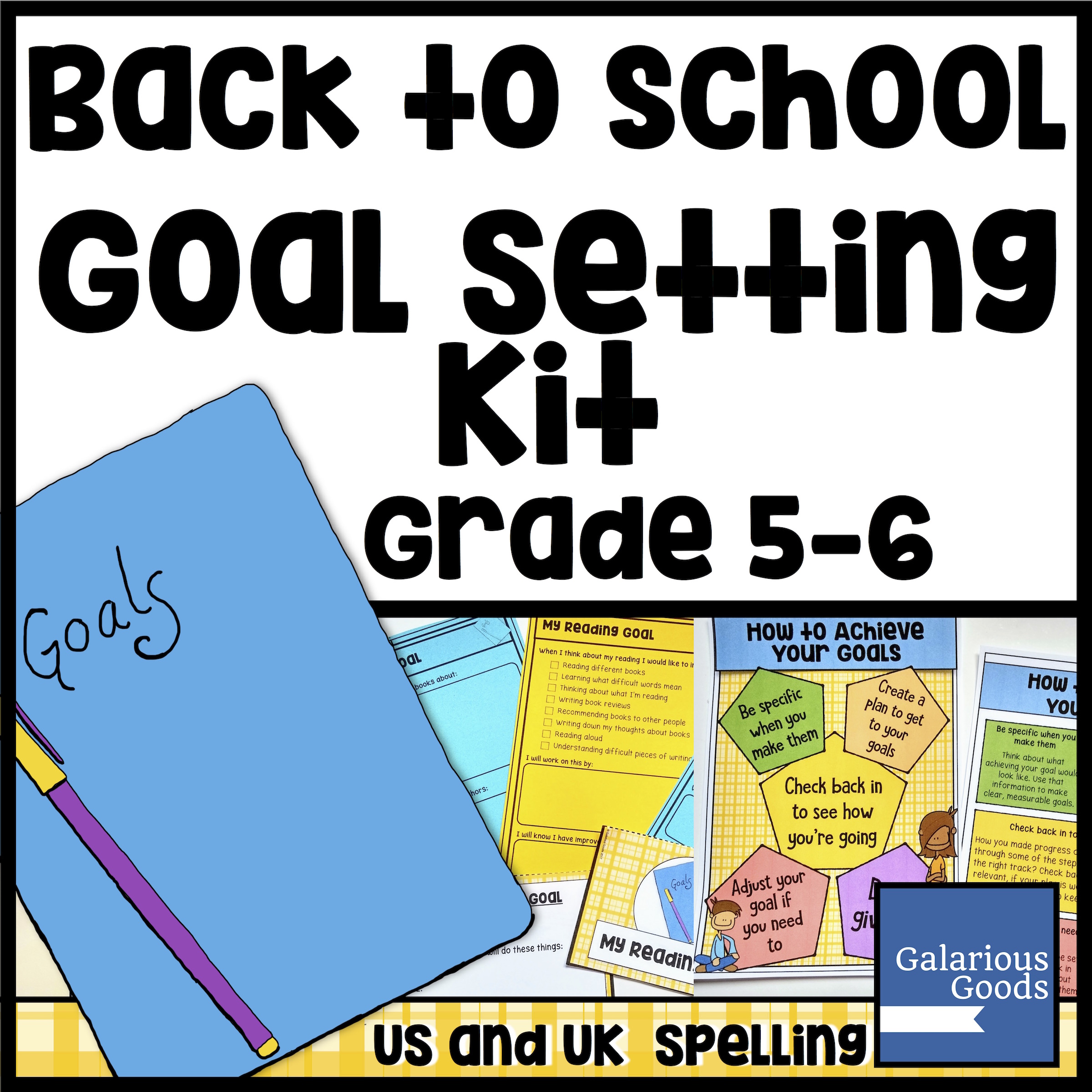5 Galarious Goods Back to School Posts and Why I Love Them
/So, this is a blog post about back to school blog posts? Of course, it’s a recap show! Seriously, though, I’m quite proud of the different back to school blog posts I’ve written and shared here at Galarious Goods and I wanted to make sure my favourites were all in one place. Plus, add a little commentary on why they are my favourites.
1. 5 Ways to Find Joy in Your Classroom and Teaching
This is definitely a mindset blog post - a good post to read and reflect on before you get anywhere near the classroom. Joy can sometimes be an elusive concept, something which doesn’t gel with the day to day processes of teaching in a classroom. This post provides some ideas for finding that joy, even if it’s just in little pieces.
Why is it a favourite?
It’s actually a great reminder to myself to find the joy in small things - whether it’s creating a beautiful or calm or colourful space for myself or dancing it out. Those little things won’t change the world, but they can give us a moment of respite.
2. 5 Things School Parents Might Worry About (And how teachers can help those worries)
It’s a bit terrifying to be a new parent in a school! Especially at the moment as our orientation processes may have been changed due to the pandemic or we might be facing the kinds of first days and weeks we never would have imagined a few years ago. This blog post highlights 5 questions new school parents might be worrying about and some ways you can relieve those worries.
Why is it a favourite?
I wrote this one when my eldest was heading off to his first year of school. Now it’s time for my youngest to head to her first day. While some of the worries are gone (I’ve got the school shoe thing down perfectly!) I’m still unsure just how she’ll go when she heads into the classroom on the first day. I’ve also received some excellent advice from her school - get the little ones to practice fastening and unfastening their seatbelts in case they’re restricted to the drop off and pick up zone!
3. Starting a New Teaching Job on a Limited Budget
This blog post was inspired by a news article highlighting how much money teachers were spending to set up their classrooms. In the post I look at many affordable or free ways teachers could set up their classrooms for the new year when they didn’t have a lot of money (or were looking to save their money for other purposes - you don’t have to spend all your own money on teacher things!) I highlight my ‘must buy’ essentials (spoiler: not much) and some ways to create an effective learning environment without spending much at all.
Why is it a favourite?
It reminds me so much of what it was like to walk into my first real classroom. I very much had to ‘make do’ with low cost or free items and I know this is the case for so many teachers.
4. Classroom Organisation for the Unorganised
I’d love to say I’ve become more organised since I wrote this post, but not really! I do however follow many of the tips in this organisation post and can honestly say that they’re super helpful (my children do, however, scoff at how many times I label their things. They have never lost a school or kindy hat, though!)
Why is it a favourite?
I was chatting with one of the cleaners at the school I used to work at and was pleased to learn that I’d lost the title for messiest teacher desk at the school. However, it was a reminder that other teachers might find this organisational information useful!
5. Taking Care of Ourselves as Teachers
This is such an important post as we enter the new school year in Australia, unsure of what might happen, what new rules teachers might need to follow and still coming up for air after an incredibly hard 2020. This post looks at a number of practical ways to take care of yourself, from pulling positivity into your social media to making sure you have a great water bottle.
Why is it a favourite?
Finding ways to take care of myself is something I need to be regularly reminded of. I can easily fall into a spiral of ‘doing all the things’ while forgetting to stop occasionally to do things which take care of my physical and mental health. If it gives a few ideas to make life a bit easier for teachers anywhere, then this post is worth its weight in gold.



